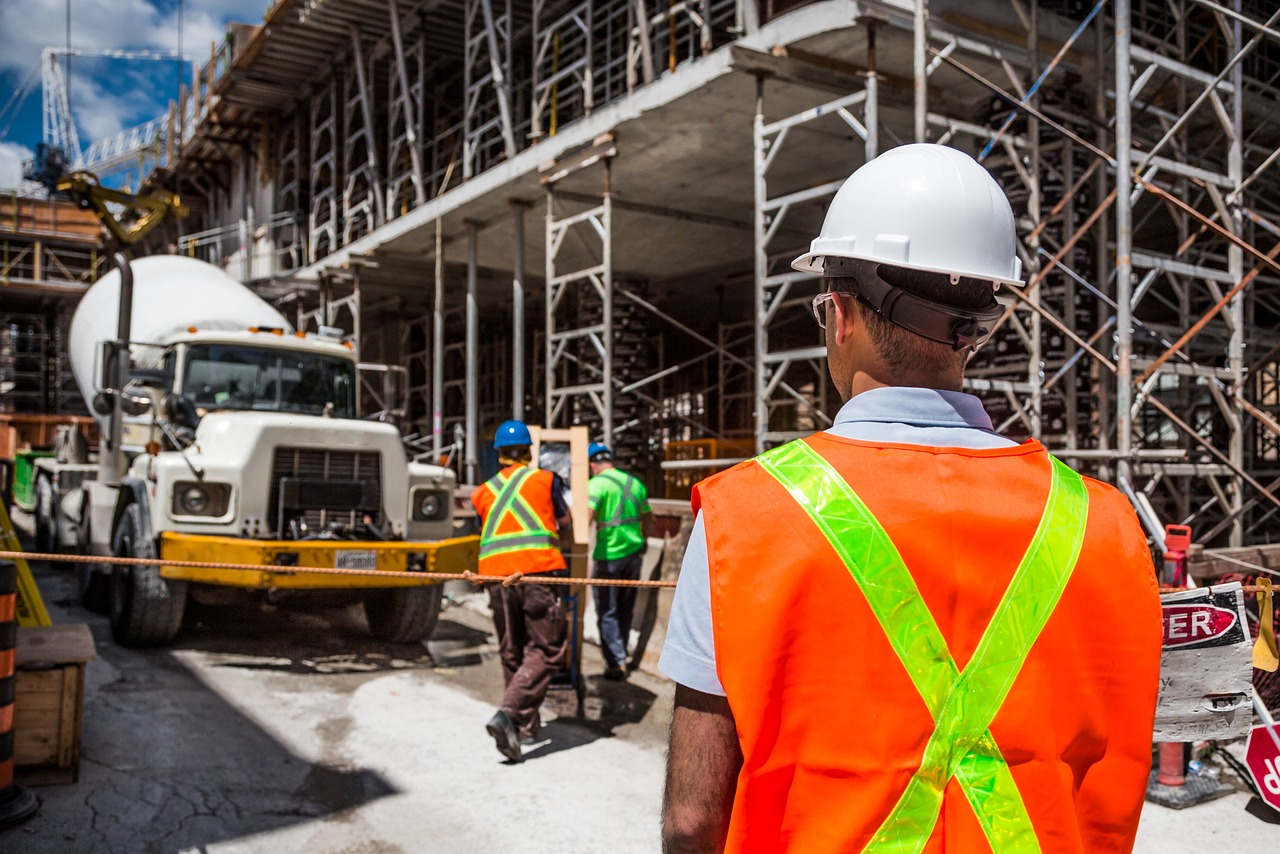Did you know that each year, 1% of construction workers suffer an injury serious enough to miss work?
Construction sites are inherently risky environments. Accidents can lead to severe injuries or even fatalities. When these unfortunate incidents occur, understanding the role of negligence becomes paramount.
Establishing negligence is not just a legal requirement. It serves as the bedrock of many personal injury claims in the construction industry.
This article will explore the roles of negligence in a construction accident lawsuit. Continue reading to learn more.
Duty of Care
Every party involved in a construction project has a duty to maintain a safe environment. This duty requires employers and contractors to take reasonable precautions. This is to ensure the safety of their workers.
For example, a construction site must adhere to safety protocols. They must provide adequate training and maintain equipment. Failing to uphold this duty can establish a basis for negligence.
Breach of Duty
Once the duty of care is established, the next step is to prove that the duty was breached. If safety measures are ignored or insufficient, this constitutes a breach.
Recognizing a breach is critical. It impacts the outcome of an accident lawsuit.
Direct Causation
A component in establishing negligence is proving that the breach of duty caused the accident. This is where it can become more complex. Multiple factors may contribute to a construction accident.
Evidence such as witness testimonies and expert opinions often plays a crucial role here. Additionally, clear documentation of the incident can help support the claim of causation.
Foreseeability of Harm
This refers to the ability to anticipate that certain actions could lead to injury or damage. In negligence cases, it is essential to determine whether the harm was predictable.
If a reasonable person could foresee that their actions might cause injury, they must prevent it. This concept helps establish whether a defendant should be liable for their actions.
Assessing foreseeability can influence the outcome of a negligence claim. It will also help determine who is responsible for the accident.
Contributory vs. Comparative Negligence
Negligence in a construction accident can also involve analyzing the actions of the injured party. In legal terms, contributory negligence occurs when the injured party’s actions contributed to the accident. This is critical in jurisdictions that follow this doctrine.
Comparative negligence allows damages to be awarded proportionally based on each party’s level of fault. Understanding this distinction is vital for both plaintiffs and defendants.
Seeking Legal Representation
Navigating the complexities of a construction accident lawsuit can be daunting. Securing experienced legal representation is imperative. This is to effectively argue the elements of negligence and advocate for the injured party’s rights.
Law firms like Fulginiti Law specialize in these types of cases. They provide guidance on how best to proceed with construction accidents.
Construction Accident Lawsuit: Establishing Negligence
Establishing negligence is crucial in a construction accident lawsuit. It influences the potential compensation. It also influences the outcome of the case.
If you or a loved one has been injured on a construction site, seeking an accident lawyer is an essential step. Don’t hesitate to explore your options and safeguard your future with the right legal support.
Are you interested in learning more about related topics? Check out the rest of our blog for more information.

